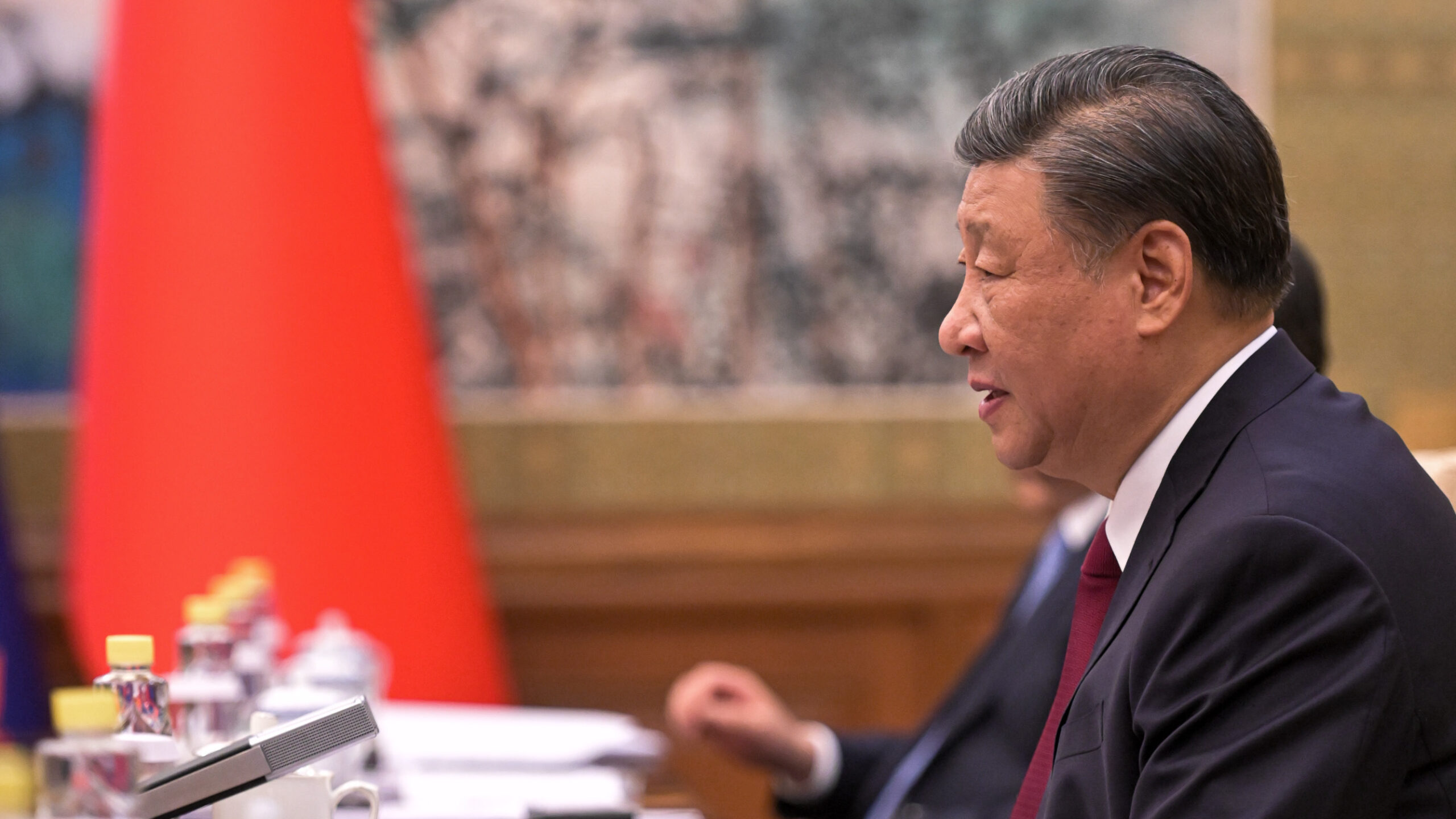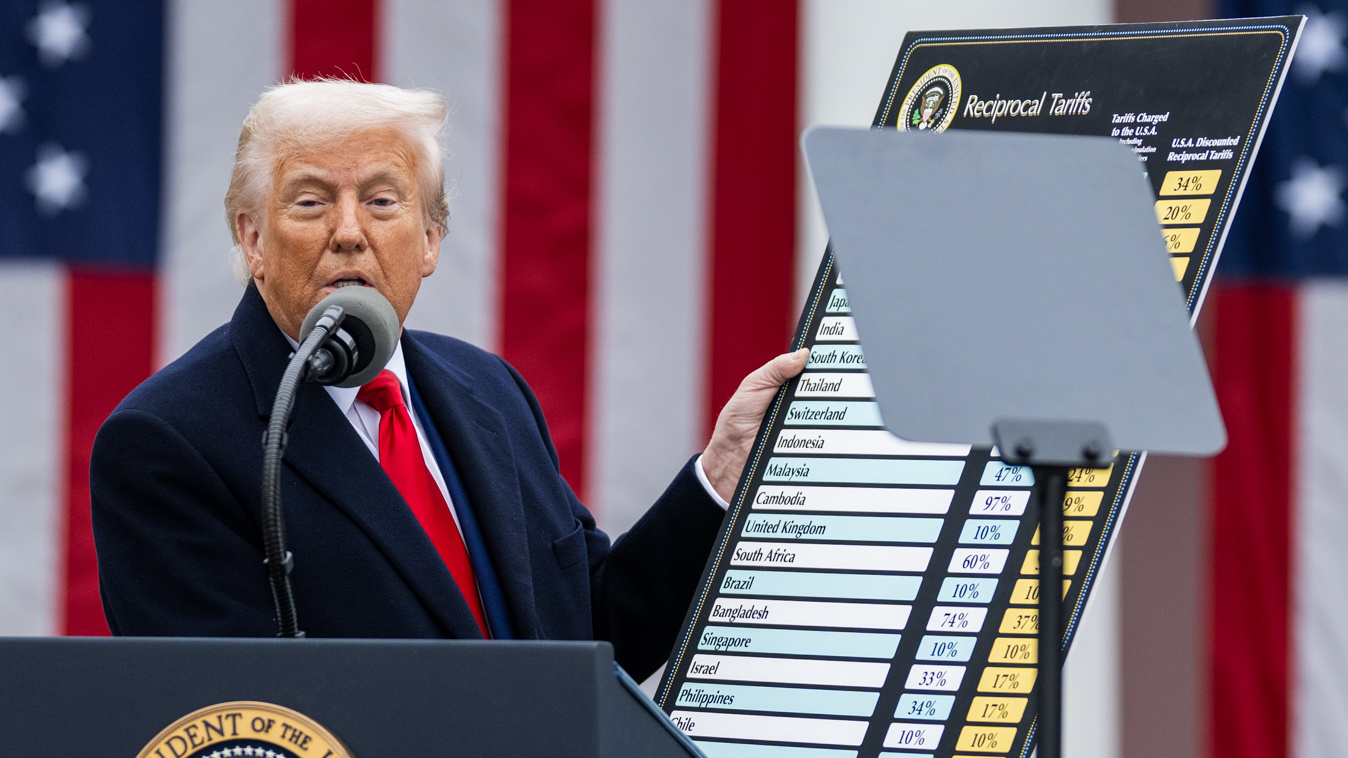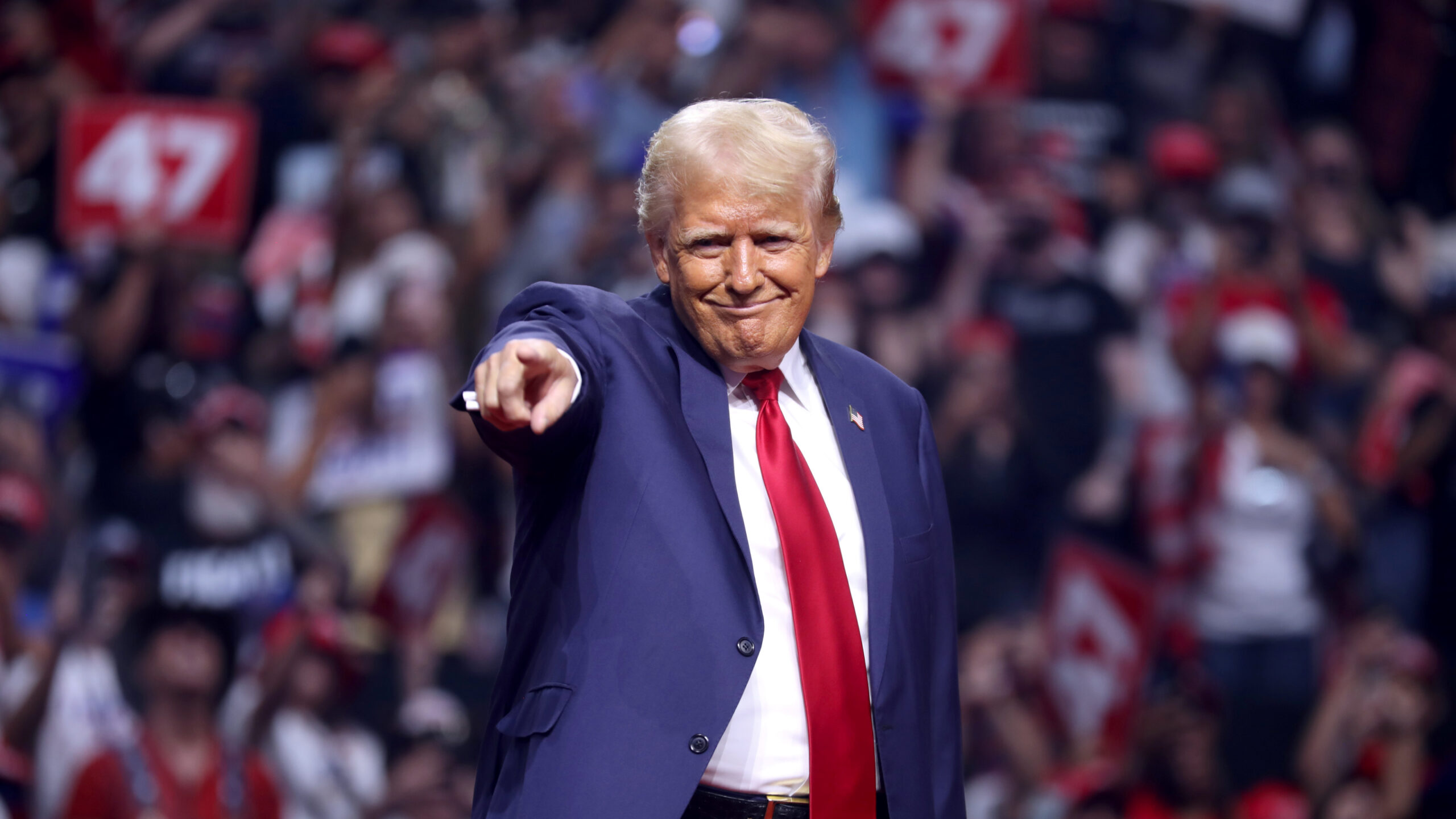In 2019, the US trade deficit, our total imports and our goods imports all declined. These are all positive developments for the US economy and especially so because key indicators of the overall US economy, including GDP and personal consumption expenditure, grew at healthy rates last year.
The combination of US spending growth and imports held in check means that a growing portion of US demand was satisfied by domestic production. The achievement is all the more impressive because exports also declined very slightly in 2019 so the improvement in the trade balance in 2019 was due entirely to the improvement on the import side of the ledger. In this overview, we look at some of the highlights of US trade results in 2019.
The Trump administration’s policies deserve credit for the moderation of imports while the economy continued to grow at robust levels. The tariffs have clearly reduced our imports from China, as well overall steel imports. However, as Table 1 below shows, our trade balance grew at double digit levels in the first two years of the Trump presidency. More aggressive policies and additional tools, however, are needed to deliver a serious reduction in our large, protracted trade deficit and a substantial, broadly-based growth in US production for the US market.
Our deficit with other major trading partners worsened in 2019. The European Union is on its way to becoming a problem for the US economy almost as large as the China problem. Vietnam has leapt into the Top Ten list of largest US bilateral deficit countries and could become a bigger challenge in the future.
However, the 2019 results could mark the beginning of a major turning point. The greatest achievement of the Trump administration is a transformation in the public debate over trade, China, and manufacturing. Four years ago, the conventional wisdom, preached by almost all political figures, was that trade deficits didn’t matter, tariffs would harm economic growth and the best China policy was to make nice. Today many Republicans and Democrats acknowledge that trade deficits and the decline of manufacturing are a problem and China is more of a threat to the US than an ally. The old reassuring view that China would convert itself to a capitalistic democracy has been abandoned. The majority of economists continue to preach the free trade gospel, but they are becoming isolated.
Trade, Imports, and GDP
In 2019 the goods deficit improved to $866 billion, $11 billion or 1.2 percent better than the 2019 figure of $887 billion. This is the first time our goods deficit contracted since 2013. Some observers have pointed out that our non-petroleum deficit deteriorated in 2019, to $839 billion, $15 billion worse than the 2018 figure. However, a large driver of that decline was actually the decline in non-petroleum goods exports, which fell $26 billion in 2019 to $1.465 trillion. On the import side, non-petroleum goods imports fell by $11 billion, to $2.305 trillion.
Looking beyond the 2019 results, it’s clear that the US economy still has a large import problem. Despite the decline in imports in 2019, total 2019 imports, at $3.117 trillion, were the second largest in US (and world) history. They were 15 percent above the level of 2016. Growing imports are not a problem—if they are powering exports which are at the same or a higher level. But our exports are roughly 20 percent below our imports, leading to our persistent trade deficit and indicating that each year American businesses, workers, and farmers, transfer some $600 billion worth of wealth-creating business to foreign producers. Table 1 shows that the surge in economic growth triggered largely by Trump administration policies in 2017 and 2018 led to a large jump in imports. Other factors that contributed to the import growth were the rise in the US dollar exchange rate that followed his election, and a rush of buying in 2017 and 2018 by businesses trying to front-run the tariffs.
|
Table 1– Major US Economic Indicators: Annual Percent Change 2010-2019 |
||||||||||
|
2010 |
2011 |
2012 |
2013 |
2014 |
2015 |
2016 |
2017 |
2018 |
2019 |
|
|
Gross domestic product |
3.8% |
3.7% |
4.2% |
3.6% |
4.4% |
4.0% |
2.7% |
4.3% |
5.4% |
4.1% |
|
Personal consumption expenditures |
3.5% |
4.5% |
3.4% |
2.8% |
4.5% |
3.9% |
3.8% |
4.4% |
5.2% |
4.0% |
|
Gross private domestic investment |
12.2% |
7.7% |
12.4% |
7.8% |
7.7% |
5.9% |
-1.4% |
6.0% |
7.6% |
3.2% |
|
Net exports of goods and services |
29.6% |
12.8% |
-1.9% |
-13.7% |
3.4% |
2.4% |
-0.2% |
10.9% |
10.9% |
-1.0% |
|
Exports |
16.7% |
13.9% |
4.2% |
3.7% |
4.3% |
-4.4% |
-2.0% |
6.1% |
6.5% |
-0.2% |
|
Goods |
20.2% |
14.9% |
4.1% |
2.5% |
3.6% |
-7.5% |
-3.4% |
6.5% |
8.0% |
-1.1% |
|
Imports |
19.3% |
13.7% |
2.9% |
0.2% |
4.2% |
-3.2% |
-1.7% |
7.0% |
7.4% |
-0.4% |
|
Goods |
22.7% |
15.2% |
2.7% |
-0.2% |
4.1% |
-4.3% |
-2.9% |
7.1% |
8.0% |
-1.6% |
|
Source: Bureau of Economic Analysis (BEA) |
||||||||||
The annual average increases in each of these GDP components show that the two most important components of GDP, Personal consumption Expenditure and Gross Private Domestic Investment have both grown more quickly than trade, which is to be expected in a largely domestic economy like the US. The problem is that goods imports have consistently grown more rapidly, at 1.4 percent over these seven years, than goods exports (1.1 percent). (We ignore services for two main reasons: first, services exports are exaggerated by the widespread use of tax havens by certain industries, inflating royalty “exports” which are not true exports; and secondly because large sectors within services exports like travel and hospitality revenue tend to generate low-paid employment). The imbalance in goods trade is a big problem given that goods imports start from a much larger base so even if both grew at the same rate, the demand lost to US producers would always be increasing.
The persistent tendency of goods imports to grow more rapidly than goods exports reflects several factors: first, the overvalued US dollar which makes our goods less competitive than other nations; secondly the fact that since the recovery from the 2008-2009 recession, our robust economy has tended to grow more quickly than our major competitors, making it hard for our exports to grow rapidly; and finally because many of our most important trading partners manipulate their economies to restrict their imports, either through trade “cheating” on explicit “free trade” rules, or more pervasively, by restraining their internal demand to ensure exports exceed imports and holding their currencies in check to enhance their international competitiveness.
International economists, including those at the IMF, agree the US dollar is overvalued. CPA’s own estimate last year found the dollar was 27 percent overvalued. The IMF says that euro is undervalued. These double-digit levels of currency misalignment are a serious inhibitor to the US rebuilding manufacturing industries and employment rather than giving the business to Europe.
While currency adjustment is absolutely necessary to restore American competitiveness, other work must be done as well. The US production base is so depleted in many sectors that a turnaround in production requires a concerted, focused effort. Part of that effort is a change in the mentality of the companies that dominate each sector. A good example of the different responses we see in different sectors is the contrast between the steel industry and the technology sector.
In the last two years, the steel industry has reacted to the imposition of 25 percent tariffs on imported steel with a multibillion-dollar wave of investment in new steelmaking that is almost unprecedented in modern history. The steel industry had been asking for action on imports for decades and industry leaders responded to tariffs with new investment, even despite weak steel prices (which will likely continue to be weak as the new supplies of steel come onstream). In 2019, imports of iron and steel products fell a large 19 percent to $16.4 billion.
In contrast, the technology industry reacted to the tariffs on many of its goods made in China with almost no plans to expand production in the US. The few signs of interest, for example from Apple in expanding its Texas manufacturing and from Foxconn in building a Wisconsin factory, have been halfhearted at best. Technology is a much larger part of our economy than the steel industry, but a small part of our manufacturing sector. To look at one part of the tech industry, the computer industry, computer imports (defined here as Customs code 8471) fell by 2.5 percent to $90.2 billion. But the decline in 2019 was due entirely to front-running of China tariffs. Both the 2018 and 2019 figures are well above the figures from 2012 to 2017, which averaged around $80 billion. So computer imports are more than 10 percent above levels just a few years ago.
One final example is the automotive industry which, with its large supply chain, has been the leading source of US economic growth and middle-class manufacturing jobs for a century. In 2019, Census data shows a 1 percent increase in imports of vehicles, engines, and parts to $376 billion. Our automotive exports actually increased at a higher rate of 1.9 percent. But the net result, because imports in the sector are more than double exports, was an increase in our automotive deficit to $214 billion. The auto industry is investing in US facilities, but is investing even more in overseas facilities, attracted by a combination of low wages (Mexico) and official pressure to produce locally if they wish to sell locally (China).
Top Ten Bilateral Deficit Partners
Almost three quarters of last year’s large goods trade deficit of $866 billion was accounted for by our deficits with China, the European Union, and Mexico. In each case the proximate cause of the deficit is somewhat different. China manages an entire economy structured to boost manufacturing exports and limit imports, embracing currency management, industrial subsidies, discriminatory tariffs, IP theft, enforced joint ventures and other levers of state power. The European Union’s de facto system of export promotion is macroeconomic: Germany restrains its domestic demand to increase its export surplus while the European Union’s system of limits on national budget deficits restrains the growth of other European Union partners. Finally, Mexico’s growing surplus with the US is the result of multinationals, especially US multinationals, choosing Mexico as a production location for its low labor costs and proximity to the US. “Comparative advantage” – in the Ricardian sense of an advantage endowed by nature, such as Portugal’s warm climate, suitable for growing grapes – plays virtually no role at all in the large surpluses China, the EU, and Mexico run with the US.
|
Table 2 – Top 10 Bilateral Deficit Countries (Goods Trade) |
||||
|
Rank 2019 |
Country |
US Bilateral Trade Balance 2019 |
Change from 2018 ($B) |
Change from 2018 (%) |
|
1 |
China |
-$345.6B |
$73.9B |
-17.6% |
|
2 |
Mexico |
-$101.8B |
-$21.1B |
26.2% |
|
3 |
Japan |
-$69.0B |
-$1.8B |
2.7% |
|
4 |
Germany |
-$67.2B |
$0.9B |
-1.4% |
|
5 |
Vietnam |
-$55.8B |
-$16.3B |
41.3% |
|
6 |
Ireland |
-$52.7B |
-$6.0B |
12.9% |
|
7 |
Italy |
-$33.4B |
-$1.4B |
4.5% |
|
8 |
Malaysia |
-$27.4B |
-$1.1B |
4.2% |
|
9 |
Canada |
-$27.4B |
-$8.3B |
43.5% |
|
10 |
Switzerland |
-$26.7B |
-$7.7B |
40.9% |
|
European Union |
-$177.9B |
-$9.2B |
5.5% |
|
|
Source: US Census. Note: Red figures in Change columns indicate deepening deficits. |
||||
Our fastest-growing bilateral deficit is with Vietnam—up 507 percent since 2009. Like China and Japan before it, Vietnam is implementing an export-led growth strategy that laughs in the face of comparative advantage and instead uses all the levers of government to target desirable industries and put the nation on a fast-growth track. With a US deficit of $56 billion last year, it will be a big problem for the US in a few years.
The European Union is a very big problem. Our EU deficit is up 191 percent in ten years, a faster growth rate than our deficits with China, Germany, or Mexico. Figure 2 shows how the EU deficit could well equal or surpass our China deficit in a couple of years, especially if tariffs are maintained on China. America’s EU deficit has grown faster than with Germany (up 138 percent in this period). Germany continues to maintain a beggar-thy-neighbor current account surplus – that has crept up from 5.9 percent of GDP in 2009 to a massive 8 percent in 2019. Other EU nations that were once generous purchasers of foreign goods have cut back on their imports as a result of the austerity policies imposed on them by the European Union. Italy is the best example of the phenomenon: its current account has transformed from a deficit worth 1.8 percent of its GDP in 2009 to a surplus of 2.6 percent in 2018.
Finally, it is worth noting that some countries’ surpluses with the US are linked to growth in specific industry sectors. Our deficit with Mexico, which passed $100 billion for the first time in 2019, is dominated by autos and auto parts. Our deficit with Ireland, which reached $52.7 billion last year, is driven by pharmaceutical imports. Even as we reduce the bilateral deficit with China, there is substantial momentum that will expand our imbalances with these other countries. The desire of the US automotive industry to outsource production to Mexico is not only continuing but growing, with the greater pressure put on profitability by the move to electric vehicles. In pharmaceuticals, the seemingly unstoppable growth in US spending on health care and the relentless upward drift of pharmaceutical prices virtually guarantees that our deficit with Ireland will continue to grow.
Our deficit with Ireland was last year worth an astonishing $10,973 per Irish citizen. By contrast, China’s deficit last year works out at just $250 per Chinese person. Ireland ran its largest-ever trade surplus in 2019, of 63.4 euros, about $70 billion. The US deficit accounted for about 75 percent of that Irish global surplus.

Figure 1: Ten-year history of US deficits with major bilateral trading partners, plus European Union as a single entity.
Reducing US Dependence on China
The Section 301 tariffs imposed on around half of China’s approximately $500 billion worth of annual imports to the US had a powerful, and surprisingly quick, effect on the sources of US imports. As Table 3 shows, US goods imports from China fell by $87 billion in 2019, the largest decline in more than 30 years. Since total goods imports last year fell by $14 billion, the other $73 billion worth of imports were distributed among other countries that stepped in to take China’s place. Table 3 shows some of the nations that benefited by attracting US-bound production that was previously coming from China. While it would be preferable for all that production to have moved to the US, the US nevertheless benefits from an increasingly diverse set of international suppliers. The benefits are both economic and geostrategic.
On the economic side, the US is too dependent on Chinese production, as the coronavirus panic is now demonstrating: highly China-dependent companies like Apple have announced downgrades to their revenue expectations and are in crisis mode struggling to deal with closed factories in China. By stimulating some production to move out of China and into multiple other locations, the tariffs diversify our economic risks, making production for the US market less susceptible to sudden, unpredictable supply shocks.
There are also geostrategic benefits to boosting the economies of China’s neighbors. China is engaged in a military and political campaign to establish dominance over Asia. The campaign involves intimidation of Taiwan and Hong Kong, and a sustained effort to establish control over the South China Sea, including parts that belong to other nations under international maritime conventions. Exploitation of the US as a consumer market and a source of technology and intellectual property has played a key role in the buildup of China’s military and economic strength. By diversifying production, including to nations that can act as a counterweight to Chinese power like Vietnam, Taiwan, and the Philippines, the tariffs serve US strategic objectives.
|
Table 3 – Changing Trade Flows Following China Tariffs |
||||
|
Imports from: |
US imports 2019 |
Change from 2018 |
Change from 2018 |
Average Annual Change in US imports 2013 – 2018 |
|
($ billions) |
($ billions) |
(%) |
(%) |
|
|
China |
$452.2B |
-$87.4B |
-16.2% |
4.3% |
|
Cambodia |
$5.36B |
$1.5B |
40.4% |
7.1% |
|
Vietnam |
$66.68B |
$17.5B |
35.6% |
15.1% |
|
Taiwan |
$54.26B |
$8.5B |
18.6% |
3.9% |
|
Thailand |
$33.46B |
$1.6B |
5.0% |
4.0% |
|
Korea, South |
$77.51B |
$3.2B |
4.4% |
3.7% |
|
Mexico |
$358.13B |
$12.0B |
3.5% |
4.4% |
|
Malaysia |
$40.57B |
$1.2B |
3.1% |
7.7% |
|
Philippines |
$12.78B |
$0.2B |
1.4% |
6.5% |
|
Japan |
$143.64B |
$1.2B |
0.9% |
0.6% |
|
Total (not including China) |
|
$47.0B |
||
|
Source: US Census |
||||
Table 3 shows that the largest beneficiaries (in percentage terms) from the China tariffs were Cambodia and Vietnam, with 40 percent and 36 percent increases in US-bound exports in 2019. Table 3 shows that the greatest increase in US imports from Asia were concentrated in Vietnam, Cambodia, Thailand and Taiwan. In the other countries, the growth in exports to the US was not large compared to the historic growth rate. If the China tariffs are kept in place, shifts into these countries should continue and likely grow. China’s main advantage in capturing a large share of so many US markets was massive subsidies to a broad swath of industries funneled to state-owned and private enterprise by a byzantine banking system in which hundreds of “zombie” companies are kept alive by government-backed loans. China backed up its manufacturing leadership with large investments in infrastructure such as rail and deep-water ports. Over time, other nations can copy some of those mercantilist tactics. Some emerging market economies are already more competitive on labor costs due to rising Chinese wages.
Conclusion
In ten years, we may look back at 2019 and see it as a turning point, a year in which trade deficits and imports stabilized before beginning to move in the right direction. However, to achieve that, more aggressive policies are needed. Tariffs can and have delivered boosts to specific industries, notably those industries supported with Section 201 and 232 tariffs, steel, aluminum, washing machines, and solar panels. However international experience shows that tariffs work best, and sometimes only work at all, when backed up with exchange rate policies to move the exchange rate to a competitive level. In addition, the depletion of our industrial base is so severe and so protracted that specific strategies to support and ignite growth in specific industries are warranted. These are the challenges for the next decade.












